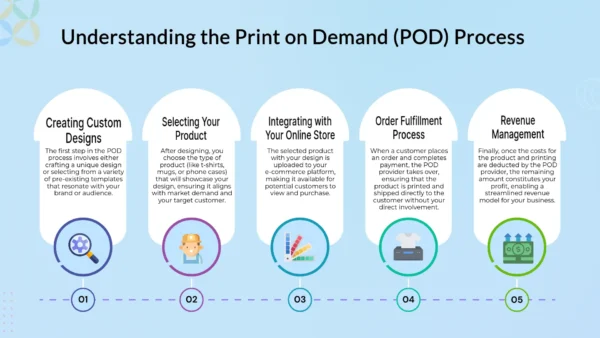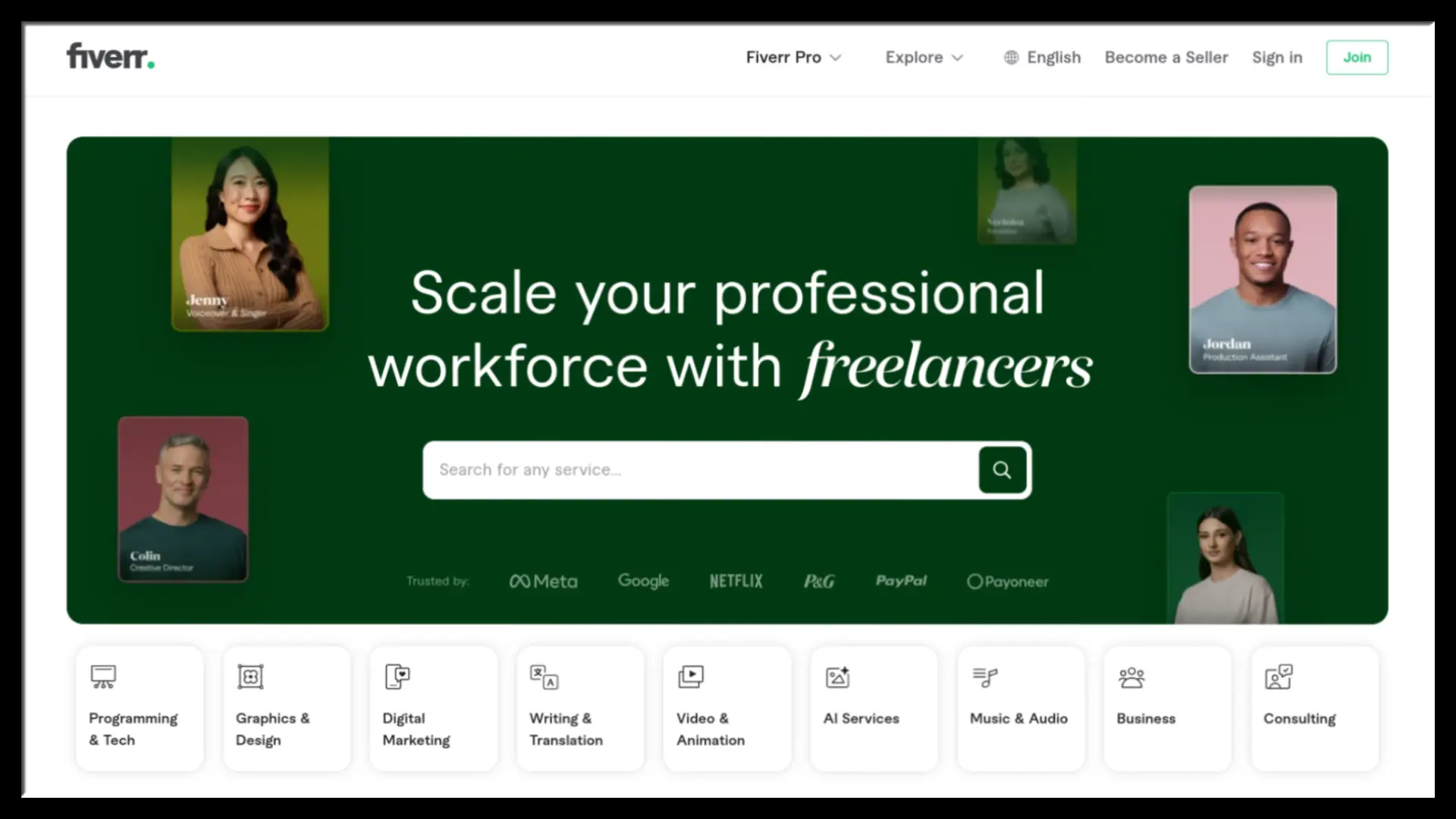Starting and running an online business is an exciting endeavor. From selling products to offering services or creating content, the possibilities seem endless. However, amid the excitement, many entrepreneurs overlook one crucial aspect: the legal side of online business. Staying compliant with laws and regulations is essential for the long-term success of your venture. Non-compliance can lead to fines, lawsuits, and even the closure of your business.
In this article, we’ll explore the legal requirements for online businesses, why compliance is critical, and provide you with a checklist to ensure you cover all the bases. Let’s dive into the key areas that you need to address to protect yourself and your business.
Why Is Compliance Important?
Running an online business offers flexibility and convenience, but it doesn’t exempt you from legal responsibilities. Compliance ensures that your business operates within the framework of laws designed to protect both consumers and businesses. Failing to stay compliant can result in severe consequences, including:
- Fines and Penalties: Government agencies can impose hefty fines on businesses that fail to follow legal regulations.
- Reputational Damage: Non-compliance can damage your brand’s reputation, affecting customer trust and loyalty.
- Lawsuits: Legal disputes can arise if your business infringes on intellectual property, fails to protect customer data, or doesn’t meet contractual obligations.
- Business Closure: In extreme cases, non-compliance can lead to the forced shutdown of your business.
Key Legal Aspects for Online Businesses
Here are the critical legal areas you must consider when running an online business:
1. Business Structure and Registration
Choosing the right business structure (sole proprietorship, LLC, corporation, etc.) affects your liability, taxes, and legal obligations. You must also register your business in the appropriate jurisdiction.
- Why it matters: The business structure influences your legal protection, personal liability, and tax responsibilities.
- Action item: Register your business with the appropriate state or federal authorities.
Listen to this deep dive…
2. Licensing and Permits
Depending on your industry and location, you may need specific licenses or permits to operate legally. For example, if you’re selling products online, you may need a seller’s permit.
- Why it matters: Operating without the necessary permits can lead to fines and restrictions.
- Action item: Research the licenses required for your industry and obtain them before launching.
3. Intellectual Property Protection
Intellectual property (IP) laws protect your business assets, such as trademarks, copyrights, and patents. If you create original content, products, or designs, securing IP rights prevents others from using your work without permission.
- Why it matters: Failing to protect your IP could result in competitors copying your brand or products, harming your business.
- Action item: Trademark your brand name and logo, and copyright any original content you produce.
4. Contracts and Agreements
Contracts are essential for online businesses, whether you’re working with clients, vendors, or independent contractors. Ensure that you have clear, legally binding agreements in place for every business relationship.
- Why it matters: Well-drafted contracts protect your business from disputes and potential lawsuits.
- Action item: Create written agreements for all partnerships, service agreements, and terms of service.
5. Privacy Policies and Terms of Service
Privacy laws, such as the General Data Protection Regulation (GDPR) and the California Consumer Privacy Act (CCPA), require businesses to inform customers about how their data is collected, stored, and used. A robust privacy policy is essential if you collect any personal information from users.
- Why it matters: Non-compliance with privacy laws can result in significant fines and loss of customer trust.
- Action item: Develop a comprehensive privacy policy and terms of service, and display them prominently on your website.
6. Tax Compliance
Even if you operate exclusively online, you still need to pay taxes. Depending on where you and your customers are located, you may be required to collect sales tax, pay income tax, or file international tax forms.
- Why it matters: Failing to comply with tax laws can result in penalties, interest, and even audits.
- Action item: Consult a tax professional to ensure that you’re paying the appropriate taxes for your business.
7. ADA Compliance
The Americans with Disabilities Act (ADA) applies to websites, too. Your website should be accessible to people with disabilities, which means it must include features such as alt text for images, keyboard navigation, and screen reader compatibility.
- Why it matters: Non-compliance with ADA regulations can lead to lawsuits and damage to your business’s reputation.
- Action item: Conduct an accessibility audit on your website and make necessary adjustments to improve usability.
8. E-commerce Regulations
If you operate an e-commerce business, you must comply with various regulations, including consumer protection laws, refund policies, and shipping rules. Transparency is key in ensuring your customers are well-informed about their rights.
- Why it matters: Misleading practices or unclear refund policies can result in customer dissatisfaction and legal actions.
- Action item: Clearly state your return policies, shipping information, and product warranties on your website.
Checklist for Staying Legally Compliant
To help you stay compliant, here’s a checklist that covers the critical legal aspects of your online business:
- Choose a Business Structure: Register your business with the appropriate authorities.
- Obtain Necessary Licenses: Research and apply for any required licenses or permits.
- Protect Your Intellectual Property: Trademark your brand, copyright your content, and patent your products if applicable.
- Draft Contracts: Ensure all business relationships are formalized with legally binding agreements.
- Create a Privacy Policy: Develop a comprehensive privacy policy and terms of service that comply with local regulations.
- Pay Your Taxes: Consult a tax professional to ensure compliance with tax laws, including sales tax and income tax.
- Make Your Website Accessible: Conduct an ADA compliance audit to ensure your website is accessible to all users.
- Follow E-commerce Regulations: Clearly communicate refund policies, shipping details, and consumer rights to your customers.
Disclaimer
This article is intended for informational purposes only and does not constitute legal advice. It is important to consult with a qualified attorney or legal expert to address your specific business needs.




















